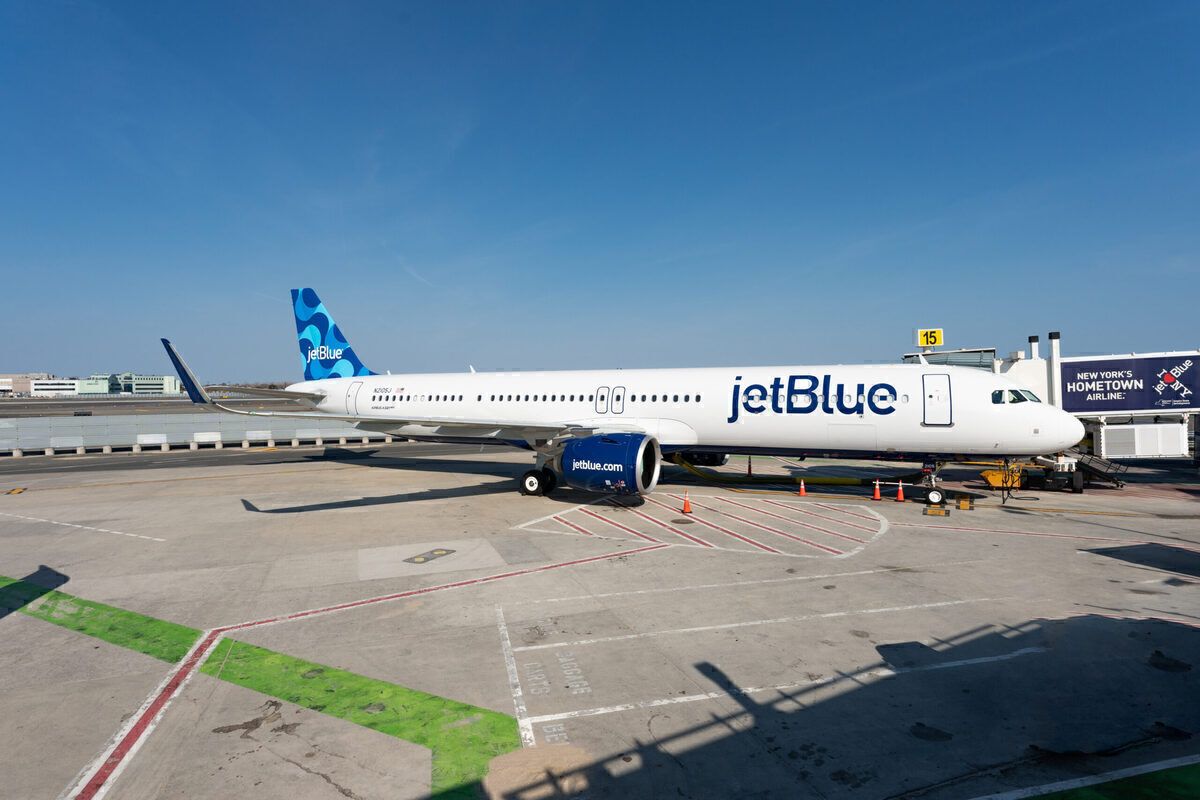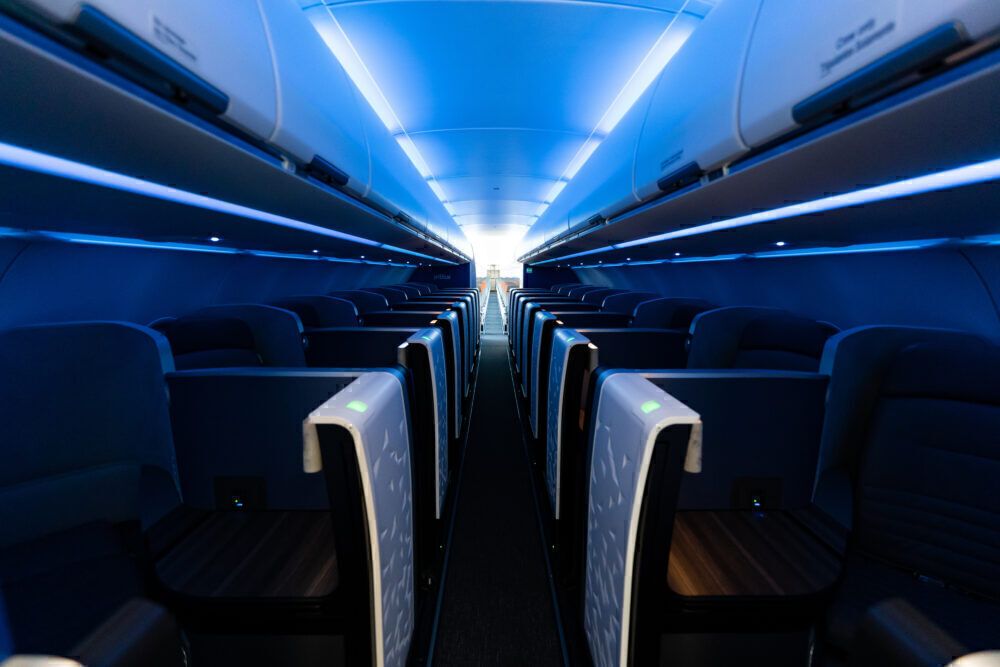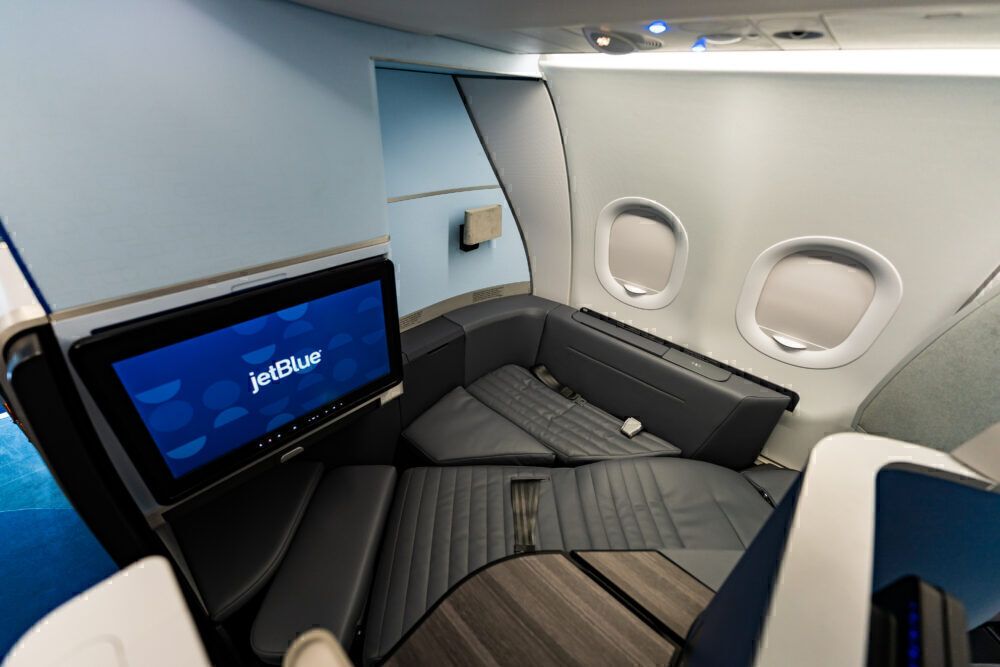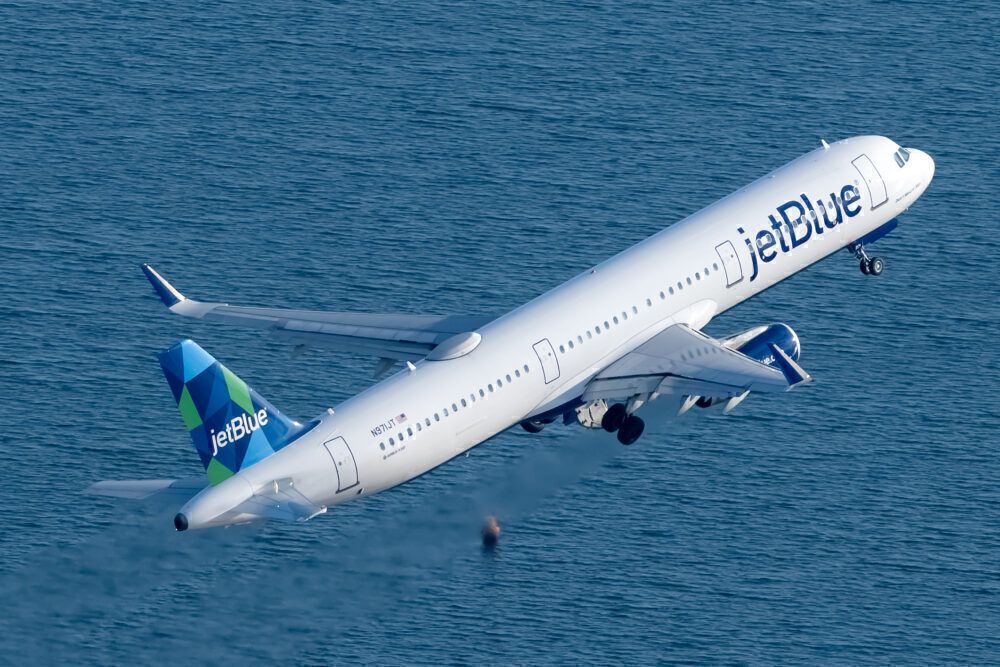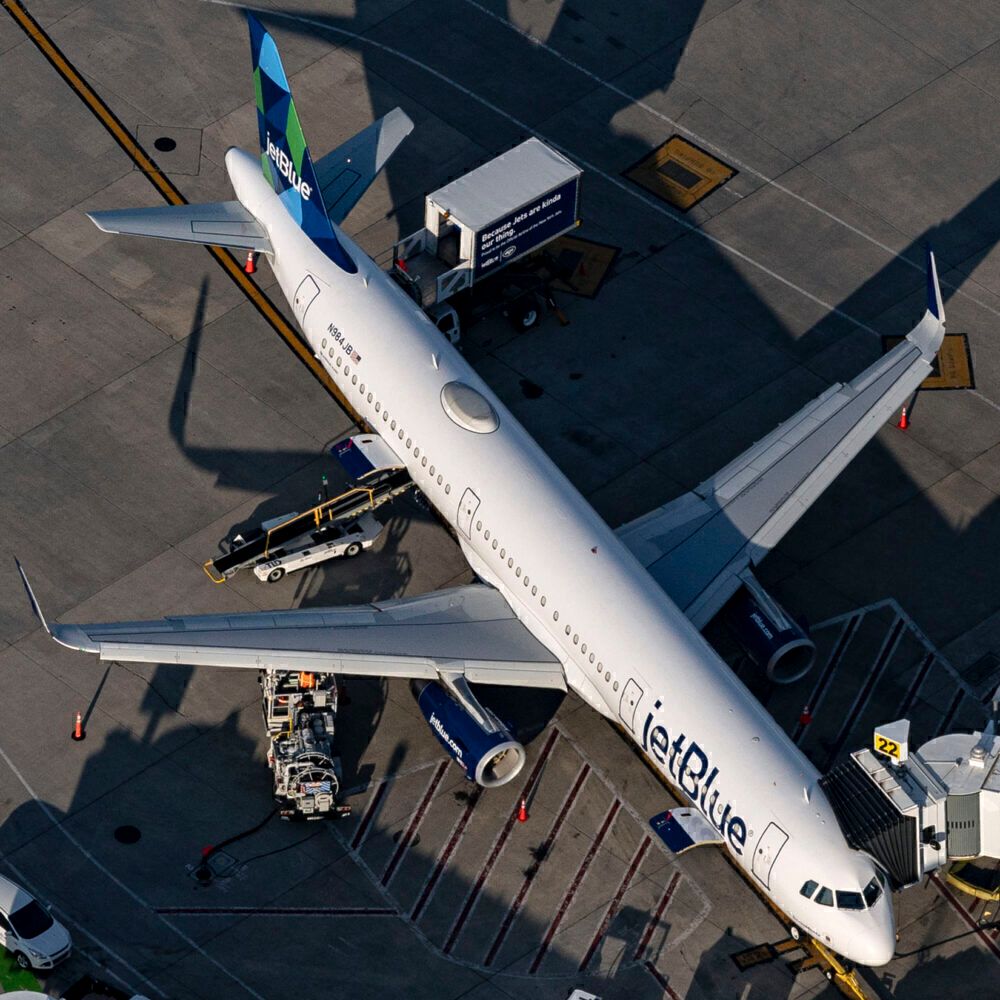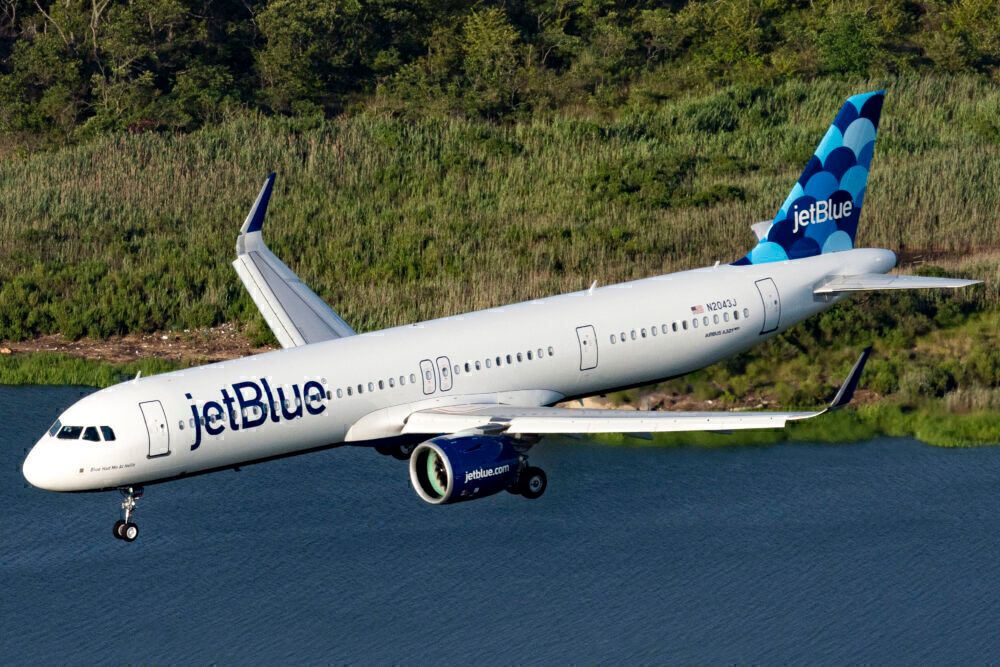JetBlue's CEO, Robin Hayes, spoke at length at the J.P. Morgan 2021 Industrials Conference on Monday. At the virtual conference, he discussed the airline's impending entry into Europe, which he is confident will be a profitable market for JetBlue. However, even with those expectations, the airline is not yet keen on taking a widebody aircraft.
JetBlue bullish on Europe
Mr. Hayes expressed confidence that JetBlue would do well in Europe, stating the following:
"Mint has been incredibly successful, and we're very confident we're going to see the same in London. It is the largest market from New York and Boston that we don't serve."
He went further, highlighting that JetBlue has an opportunity to serve those companies who do have large corporate travel budgets, but also smaller companies that avoid major legacy carriers due to their high fares:
"We think we've got an incredible product that is going to really lead the industry. So when we take our product, when we take our customer base already that is very keen for us to do this, and we take low fares, we think that's a winning combination and we think that's going to ramp up very quickly. I actually think it's going to ramp up more quickly than I did before because of the pent up demand that exists for travel, and between the US and Europe, which has been incredibly difficult for a year now."
JetBlue is still targeting London for its first foray into Europe, but it is also seeking to get into other European markets using its fleet of upcoming Airbus A321LR and A321XLR aircraft. The current hope is for JetBlue to be able to get the slots and launch flights in the third quarter of 2021.
Stay informed: Sign up for our daily and weekly aviation news digests!
Mint is a key part of the equation
JetBlue recently unveiled its brand new Mint suites that will come on some of its upcoming Airbus A321neo aircraft and on all of its Airbus A321LR and A321XLR aircraft. This narrowbody business class product is the next generation of suite-style, privacy-driven premium cabin products that the airline hopes will set it up for success on these routes.
The old Mint has already done well on longer transcontinental and select international missions out of JetBlue's bases. The new Mint, which is an improvement on the previous generation, is sure to do just as well if not better, thanks to providing each business class passenger with direct aisle access.
What about adding widebodies?
With JetBlue bullish on its international successes, Mr. Hayes was asked about the possibility of JetBlue diversifying its fleet more and taking some widebodies. He stated the following on it:
"That's a long way off. That's not something we're thinking about at the moment. We have a lot of investment in our fleet over the next few years because we have a lot of replacement and modernization that we're doing, and we actually think the A321 and the LR and then the XLR are a very, very efficient way of entering some of these new markets."
When asked if it would be an inevitably Airbus product, Mr. Hayes said the following:
"First of all, it's not inevitable it will be an Airbus product, because every time we look to buy a plane we run a campaign around that."
Narrowbodies are lower risk
Using narrowbody Airbus A321LR and A321XLR aircraft lowers JetBlue's financial headwinds heading into Europe. These planes should be easier to fill as smaller aircraft, seating only around 150 passengers, with only 24 Mint Suites.
Compare this against other airlines, and JetBlue is coming in with much lower capacity on a typically widebody-heavy route. For example, Virgin Atlantic will likely be flying its Airbus A350s on the route when JetBlue decides to launch its flights. Those planes seat 44 passengers in business class, nearly double what JetBlue's A321LRs will be configured with.
For JetBlue, these aircraft are lower risk because it is generally easier to fill up 24 seats than to fill up 44. Especially as a new entrant carrier, JetBlue will have plenty of competition and will need to rely on a mix of its loyal customer base and luring in new passengers with low fares to fill up its planes and turn a profit.
It is not unheard of for airlines to lose money on new routes, especially ones with plenty of competition on them already. However, just because it happens in the industry does not mean it will happen to JetBlue, nor does it mean that the airline cannot mitigate its financial headwinds on a new route. Using narrowbodies is just one of those steps.
Will JetBlue upgauge to widebodies in the future?
This is far from a sure bet and will squarely depend on what loads and revenue JetBlue is getting on its narrowbody aircraft. Widebodies come with higher risk and a higher cost, generally, compared to a narrowbody, and JetBlue would need to balance the two and determine whether there is the possibility to be rewarded financially for flying a widebody.
JetBlue is not necessarily going to go out and only purchase an Airbus widebody. There is some benefit to sticking with a single manufacturer when it comes to building up a relationship and getting the support and pricing JetBlue needs to make widebodies work. Still, it is not a given that Boeing would not be able to provide something similar and thus lose out on a deal.
That widebody race is several years away and is unlikely to happen until after JetBlue receives its narrowbody long-haul jets and establishes its position in Europe.
Do you think JetBlue's Europe flights will be successful? Would you fly JetBlue to Europe? Should JetBlue acquire widebodies? Let us know in the comments!

